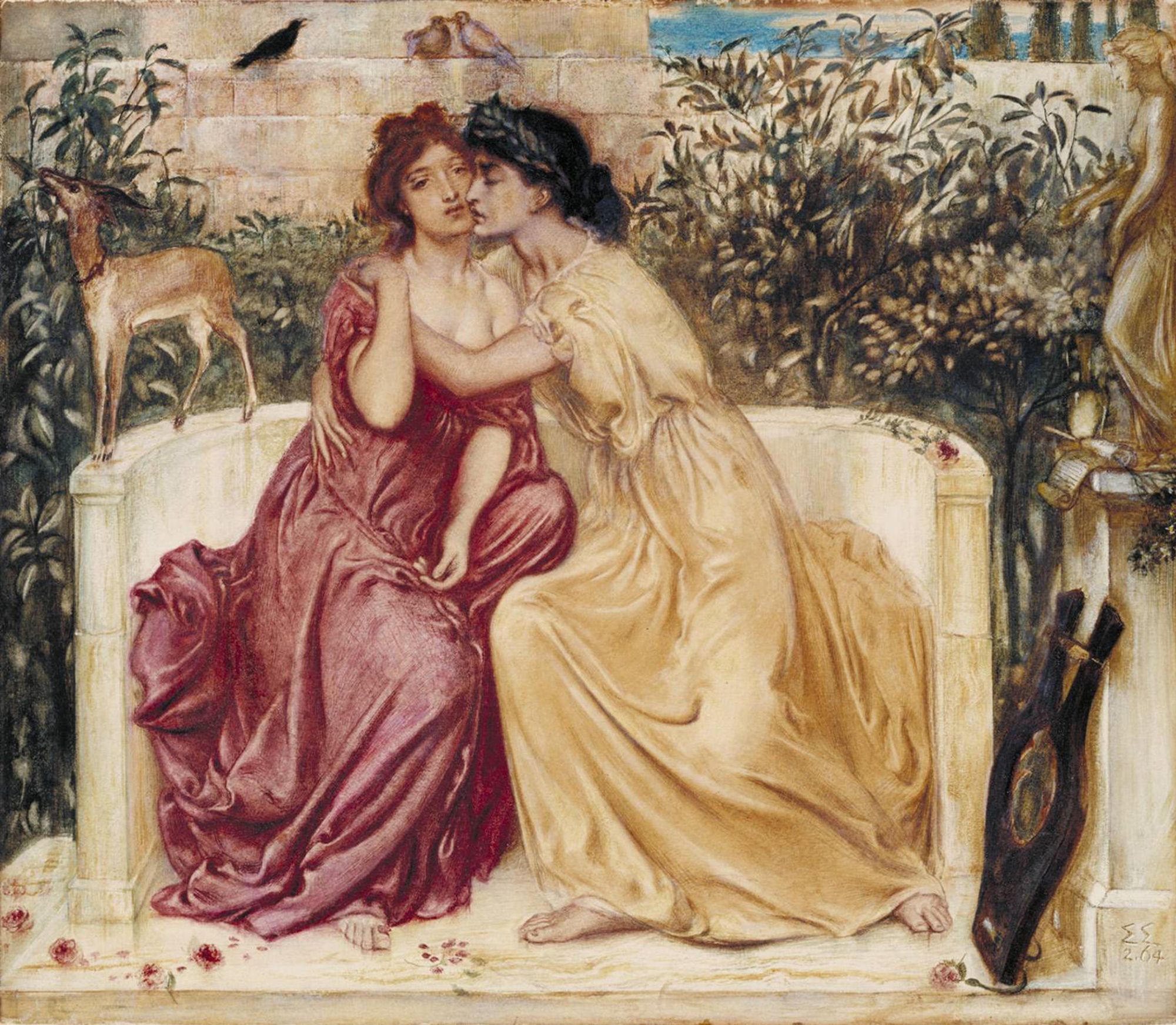Editor’s Note: Untold Art History investigates lesser-known stories in art, spotlighting unsung and pioneering artists you should know, as well as revealing new insights into influential artworks.
In a small, delicate watercolor from 1864, the Archaic Greek poet Sappho embraces the poet Erinna, their lips nearly touching. Sappho’s longing is plain on her face, while Erinna, heavy-lidded, eyes the viewer, her dress slipping off her shoulder.
The painting, “Sappho and Erinna in a Garden at Mytilene,” is likely one of the first depictions of same-sex female desire made for a gallery-going audience in the West, and the painter Simeon Solomon, was a gay Jewish artist living in Victorian England whose work has been nearly forgotten.
Solomon, who was associated with the 19th century Pre-Raphaelite movement, had his career cut short when he was arrested twice for same-sex liaisons with men (in 1873 and 1874), at the apogee of his fame, and it tragically changed the course of his life.
For the past 25 years, Dr. Roberto C. Ferrari, curator of art properties at Columbia University’s Avery Architectural & Fine Arts Library, has been one of the few contemporary scholars to study Solomon’s work and introduce it to wider audiences, by founding the Simeon Solomon Research Archive.
Today, though his work is still not widely known, Solomon is considered a cult figure of gay and queer art history. Since Ferrari began work on the archive in 2000, more attention has been brought to the artist’s pictures, including a traveling 2005 retrospective, and in 2017, Tate’s exhibition “Queer British Art 1861–1967” placed Solomon as an important artist depicting same-sex themes.
“The openness of society to queer culture, generally speaking, has allowed Simeon Solomon an opportunity to come out again and be rediscovered,” Ferrari said over a video call from his home in New Jersey. “I think it’s important to acknowledge that he had incredible significance in moving forward the position of Jewish artists at that moment in time. London in mid-Victorian England was still very antisemitic.”
For Ferrari himself, who is gay, discovering Solomon’s work while he was at graduate school was a revelation. “It was a moment when I was coming out of the closet and it was freeing to find a historic figure who had gone through their own trials and tribulations,” he said.
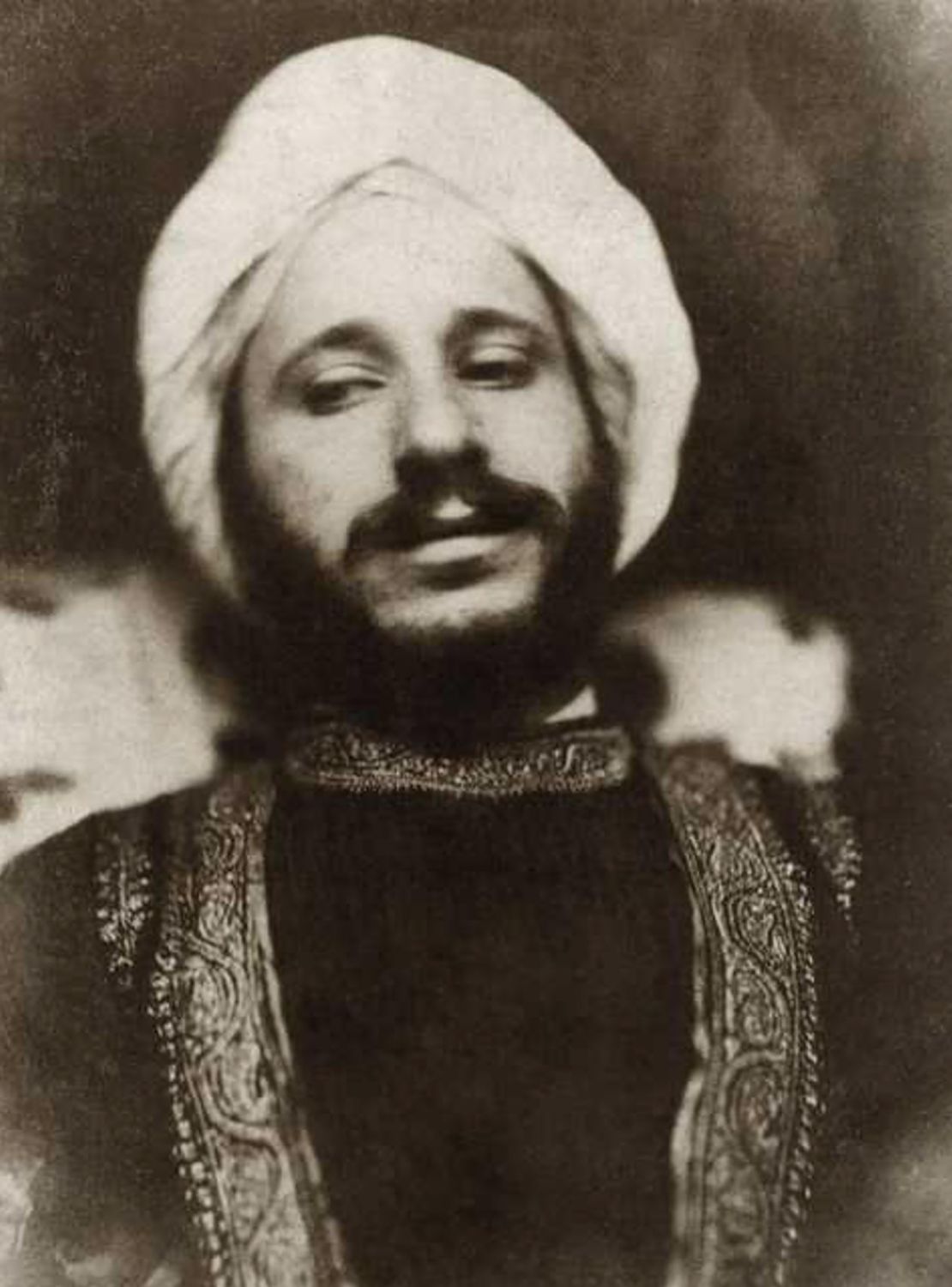
Provocative paintings
Solomon was born in London in 1840 to a middle-class family of eight children. While studying art at the prestigious Royal Academy Schools as a teenager, he was introduced to the Pre-Raphaelites, a small secret society of English artists who came together in 1848 to reject contemporary modes of thinking around art. They renounced the idealized scenes by Renaissance master Raphael, whose style was widely promoted at the Royal Academy, and instead advocated for a return to naturalistic details. They also disliked genre paintings – scenes of ordinary life that were popular at the time – and favored paintings that depicted historical, mythological and religious narratives.
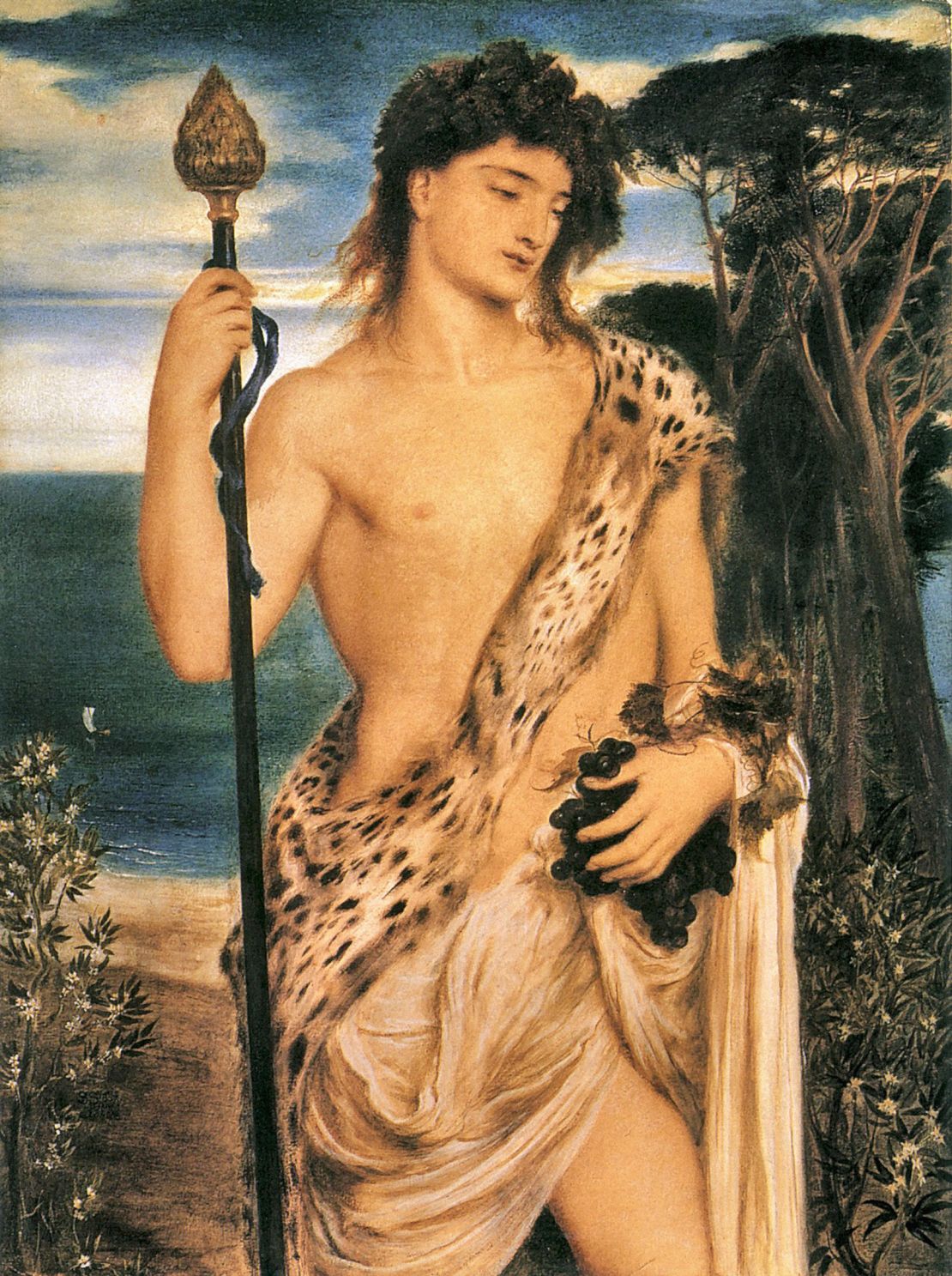
Before Solomon turned to Greek and Roman mythology for inspiration, his early work centered on Old Testament subjects: Jochebed, the mother of Moses, and the prophet Jeremiah. Ferrari said his work was criticized for being too narrow in scope – a Jewish painter painting Jewish subject matter. Even after embracing the revival of classicism, and later the art for art’s sake movement, he would continue to paint Old Testament figures intermittently for the rest of his life.
It was through meeting the poet Algernon Charles Swinburne that Solomon developed a fascination with Sappho, a mysterious but beloved 7th-century lyric poet from the Isle of Lesbos, whose few surviving poems and fragments describe longing and unrequited love – specifically for young women. (The word “lesbian” stems from her birthplace and this desire for other women.) In her most complete surviving poem, a plea to the goddess of love and pleasure Aphrodite, she writes: “Come to me now once again and release me / from grueling anxiety. / All that my heart longs for, fulfill. And be yourself my ally in love’s battle.”
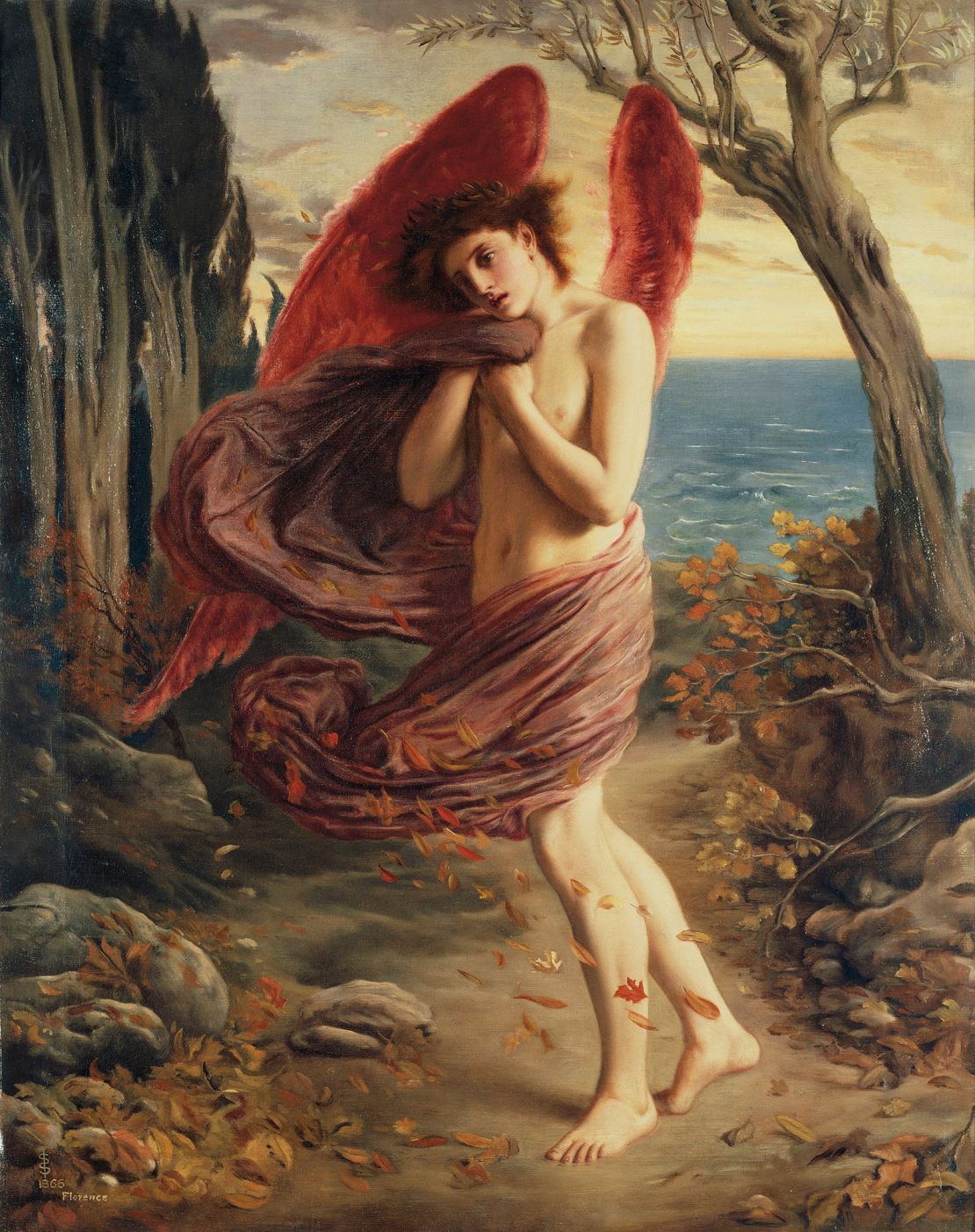
“Sappho and Erinna in a Garden at Mytilene” was the first classical subject Solomon painted, and marks a turning point in his career. Provocative and filled with the tension of desire, the women’s embrace is echoed by a pair of turtledoves above them.
“It’s very sensual, but it’s not hypersexual,” Ferrari said of the watercolor, which is only about 13 by 15 inches big. “Sappho is leaning forward into Erinna. Erinna is receiving the embrace. And yet you can see that while there’s a sense of passion, I see Erinna as almost hesitant to receive the passion – (there’s) fear of what the world might see.”
A career cut short
Solomon’s work was filled with homoeroticism – religious and classical scenes rippling with an undercurrent of sexual intimacy, such as his 1863 depiction of Shadrach, Meshach, and Abednego from the Book of Daniel; or his 1866 work “Love in Autumn” of a lithe and nude young Eros.
These same-sex undertones did not stop him from regularly exhibiting and selling his work, but when he was arrested, at the age of 32, for attempted sodomy in a public bathroom in London with an older stableman, his career was put into jeopardy.
After six weeks of detainment, Solomon was let out on bail. ” “In some ways, Simeon probably might have been able to salvage his career,” Ferrari said. But then a year later Solomon was arrested again, this time in Paris, where he was found with a male prostitute. He spent three months in prison and was subsequently abandoned by those in his artistic circles.
“(The arrest) really changed (his) entire trajectory,” Ferrari continued. “Unfortunately, because of the social barriers, restrictions and homophobia, he was completely alienated by everyone as a result.”
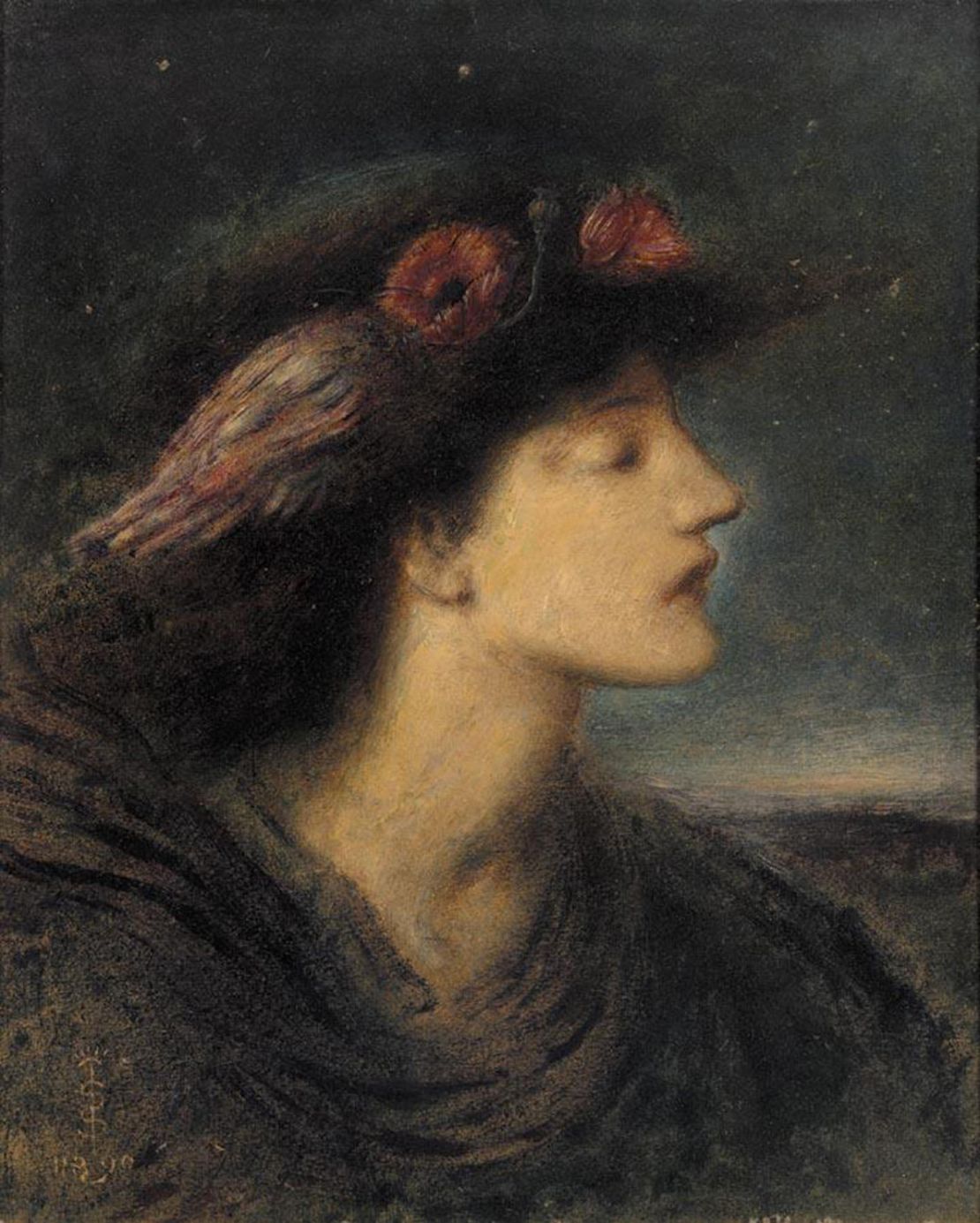
Solomon’s troubles became more complex in the second half of his life, as he faced addiction issues and was periodically homeless. But at the end of the 19th century, new audiences were discovering to his work, including a young Oscar Wilde, who found a kindred spirit in Solomon, and the aristocrat Count Eric Stanislaus Stenbock, who eventually became Solomon’s patron and provided him food, clothes and studio space.
“These are figures who (saw Solomon’s work) as a search for a queer identity, same-sex passion and exploration,” Ferrari said. “He became a queer hero, if you will, by later in the 19th century.”
His work became known overseas in the United States, too. In 1896, the decade before his death, with major exhibitions in Philadelphia and New York.
“He didn’t just disappear because he was rejected by society,” Ferrari explained. “He continued to work very hard, and a lot of people did continue to support him.”
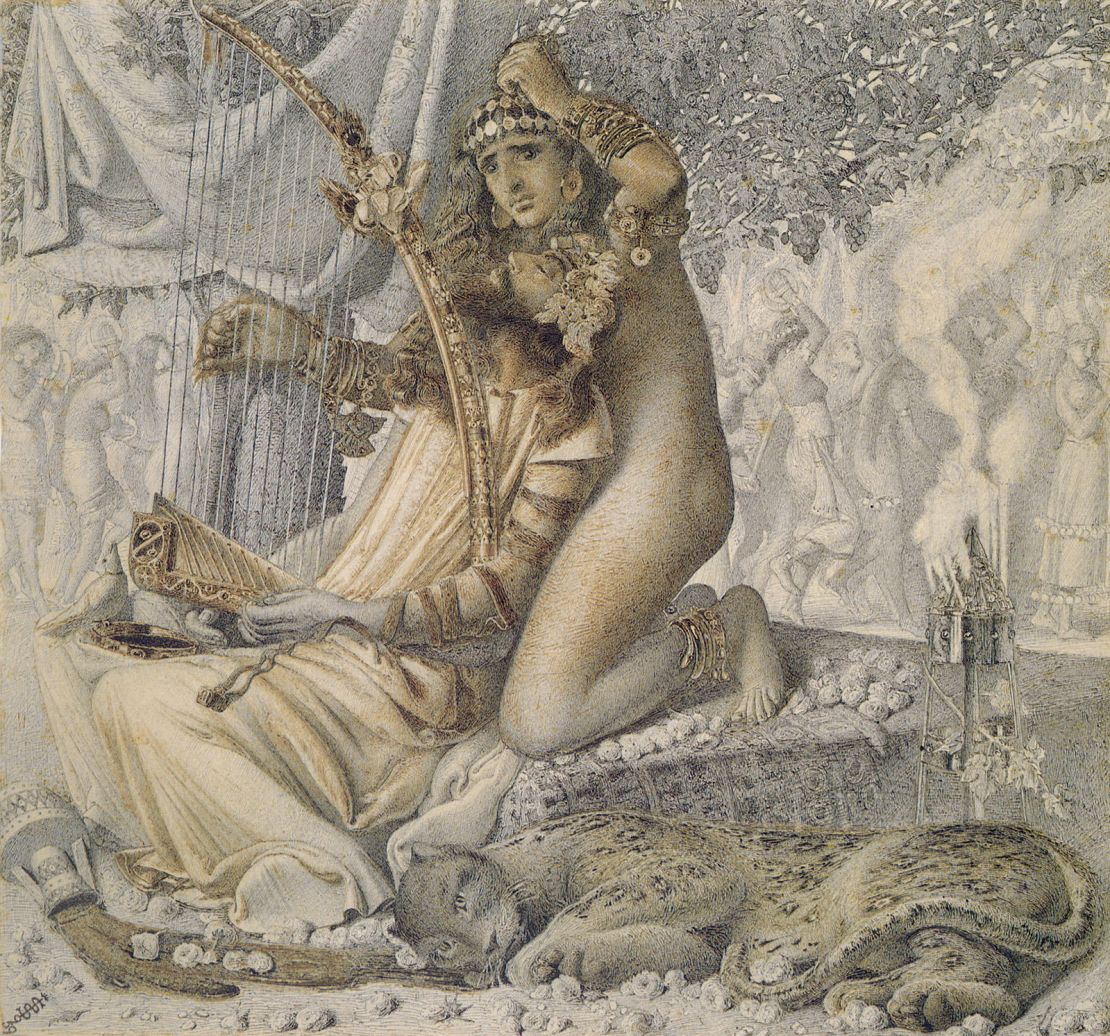
Solomon depicted androgyny throughout his career, from the masculine features of Sappho to the ambiguous studies of heads he produced later in life.
“(He had) a cross-gender sensibility, meaning agenderless, with figures who have the appearance of both male and female,” Ferrari said.
In this way Solomon was not just an early champion of same-sex relationships in art, but the full spectrum of gender expression. “I think part of what he’s striving for is that the idea of gender and love is supposed to surpass the human limitations of this binary system that exists in our society,” Ferrari said. More than a century later, Solomon’s depictions of love and the fluidity of identity still resonate.
